double photo emission
|
The double photo emission is a very important tool to probe electron correlation in atomic systems as the excitation and ejection of more than one electron in a direct photo adsorption event is forbidden in a single particle picture. 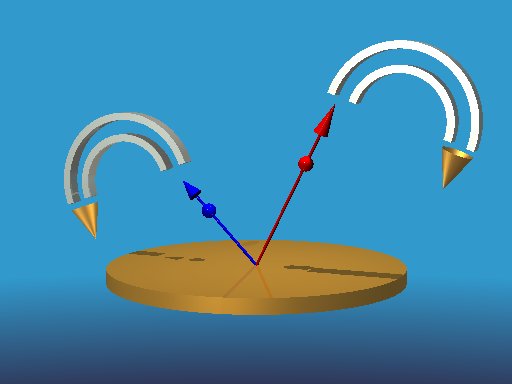
To avoid this problem we have used a spectrometer of the "COLTRIMS"-type with a multihit capable detector to cover the whole 2pi solid angle above the target. By this we are able to measure all combinations of ejectred momenta at once. 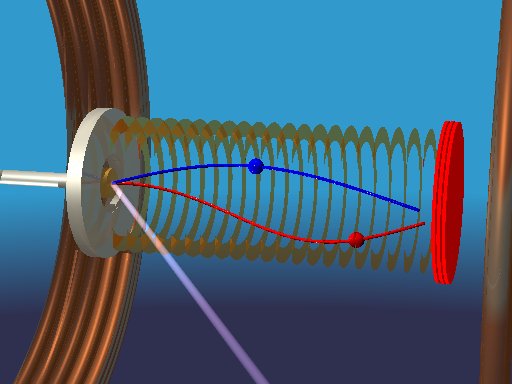
First results on double photo emission from a Ag(100) surface induced by 55eV photons: 
The emission characteristic of the two electrons is dominated by the direction of the polarization axis of the photon. The figures below show energy sharing at a constant sum energy for different angular combiation of the emitted electrons which confirm the scaling of the cross section with the skalar product e*(k1+k2) (e : polarization axis, k1,2 : ejected momenta), i.e. the direction of the observed sum momenta is determined by the polarization axis [2]. 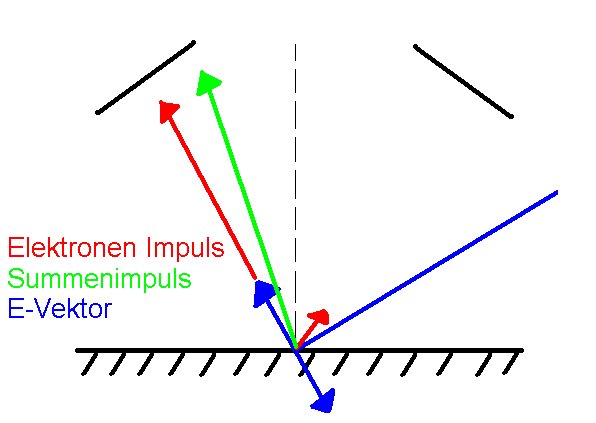
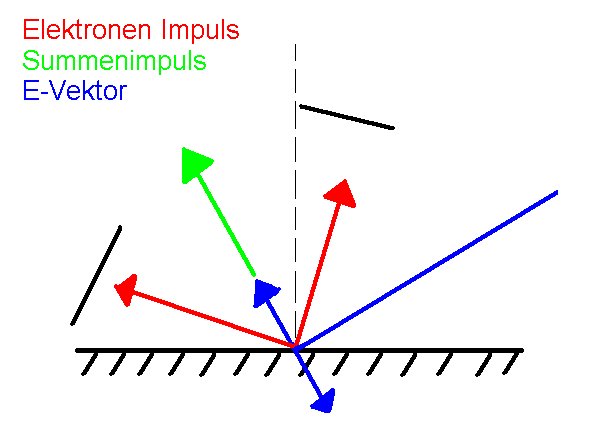
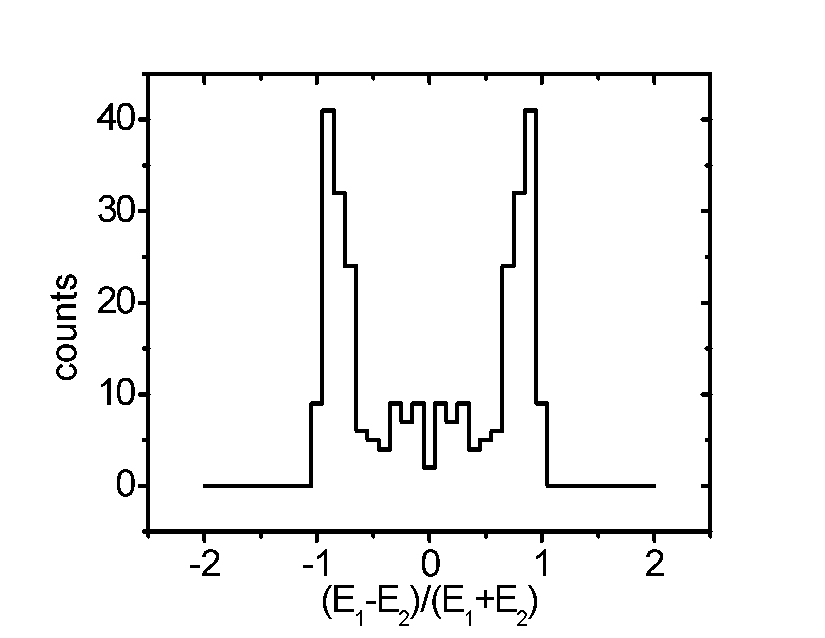
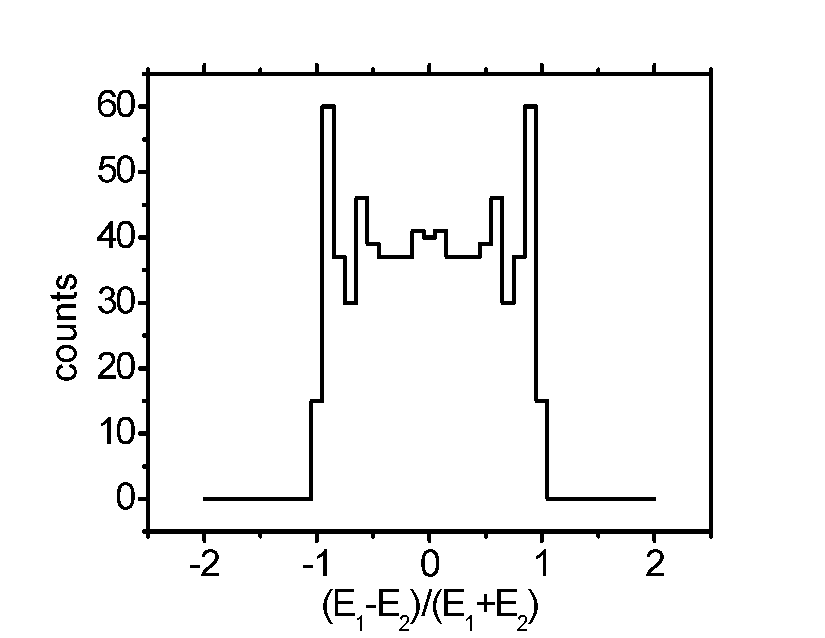
Further experiments with more extensive investigations and different targets are in preparation. |
